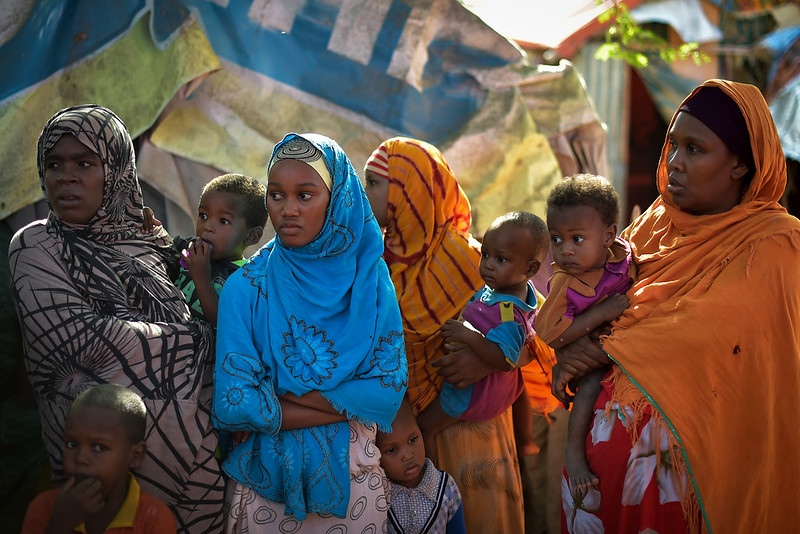 Albania emerged from a 50-year dictatorship in the early 1990s as the poorest country in Europe. Over time it has transformed itself into what the World Bank describes as an upper-middle-income country. However, despite rising wages, the gender wage gap in Albania remains an issue that needs addressing. However, the Digital Jobs Albania initiative from the World Bank could offer women in the country opportunities that can help shrink the gap.
Albania emerged from a 50-year dictatorship in the early 1990s as the poorest country in Europe. Over time it has transformed itself into what the World Bank describes as an upper-middle-income country. However, despite rising wages, the gender wage gap in Albania remains an issue that needs addressing. However, the Digital Jobs Albania initiative from the World Bank could offer women in the country opportunities that can help shrink the gap.
Albania is one of the countries with “the highest proportion of women in government cabinets” in the world. Furthermore, according to the Institute of Statistics, women in Albania are, on average, better educated than their male counterparts. In Albania, 21.3% of women in the country have completed higher education compared to 18.2% of men. But, despite women being better educated and represented in government, they continue to be paid less than men across the majority of professions. What’s more, the gender wage gap in Albania is actually increasing over time, rather than decreasing.
Why Does the Gender Pay Gap Keep Growing?
According to Euronews, the average working individual in Albania was paid 61,898 lek gross per month in 2022, which is an increase of 8.2% from the previous year. Euronews’ research shows that it is the difference in the speed and size of salary increases between men and women that has likely led to the gender wage gap in Albania widening over time, despite women’s increased education and presence in government.
For men, the average salary of 63,773 lek was an increase of 9.2% from the year before. For women on the other hand, the average salary of 59,773 lek was only 7.3% more than the previous year. So, the gap between men’s and women’s pay in Albania increased from 4.2% in 2021, to 6.2% in 2022 thanks to men’s wages increasing faster than their female counterparts, Euronews reports.
Are Digital Jobs the Solution?
The European Institute for Gender Equality has been working with Albania to build its capacity for gender equality since 2013 and the Gender Equality Index that the country released in January 2020 scored 60.4 points. Its score in the Domain of Power of 60.9 was higher than the European Average of 47.6 points. This was primarily due to the aforementioned high levels of women working in government.
However, the index also shows that Albania’s score within the domain of money, which covers gender inequalities in financial resources and the economic situation in which men and women live, is 20.8 points lower than the EU-28 average. This means that women in Albania are more likely to be at risk of poverty than men within the country.
To work to combat the gender wage gap in Albania, the Digital Jobs Albania initiative offers opportunities to help them gain better access opportunities for work online, and so better connection to the global economy.
Digital Jobs Albania offers a three-month intensive training program in digital skills for women aged 16 to 35 aiming to encourage them to connect with rapidly growing industries that specialize in online freelance work, such as graphic design, digital marketing and web development.
Shrinking the Gender Wage Gap
The flexible working hours and the ability to work from home that these careers offer can help more women in Albania stay in the labor market and gain financial independence, therefore shrinking the gender wage gap in Albania.
Between September 2021 and May 2022, the project had already produced results with more than 5,000 women expressing interest in joining the training initiative. This was far more individuals than spots available and demonstrated just how unmet women’s work demands are in the country. Furthermore, the initiative has appealed to young people in the country, with more than 500 enrolling in the initiative.
– Kristina Grant
Kristina is based in Scotland, UK and focuses on Business and Technology for The Borgen Project.
Photo: Pexels
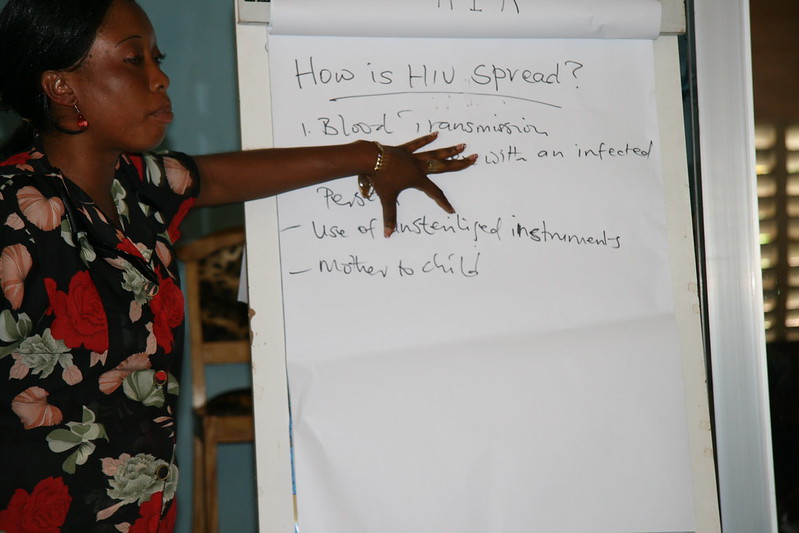 Despite recent reductions in transmission rates of HIV/AIDS in Sierra Leone, the lack of knowledge and stigmatism surrounding the condition, particularly among the younger population, could prevent the country from further minimizing the spread of the disease.
Despite recent reductions in transmission rates of HIV/AIDS in Sierra Leone, the lack of knowledge and stigmatism surrounding the condition, particularly among the younger population, could prevent the country from further minimizing the spread of the disease.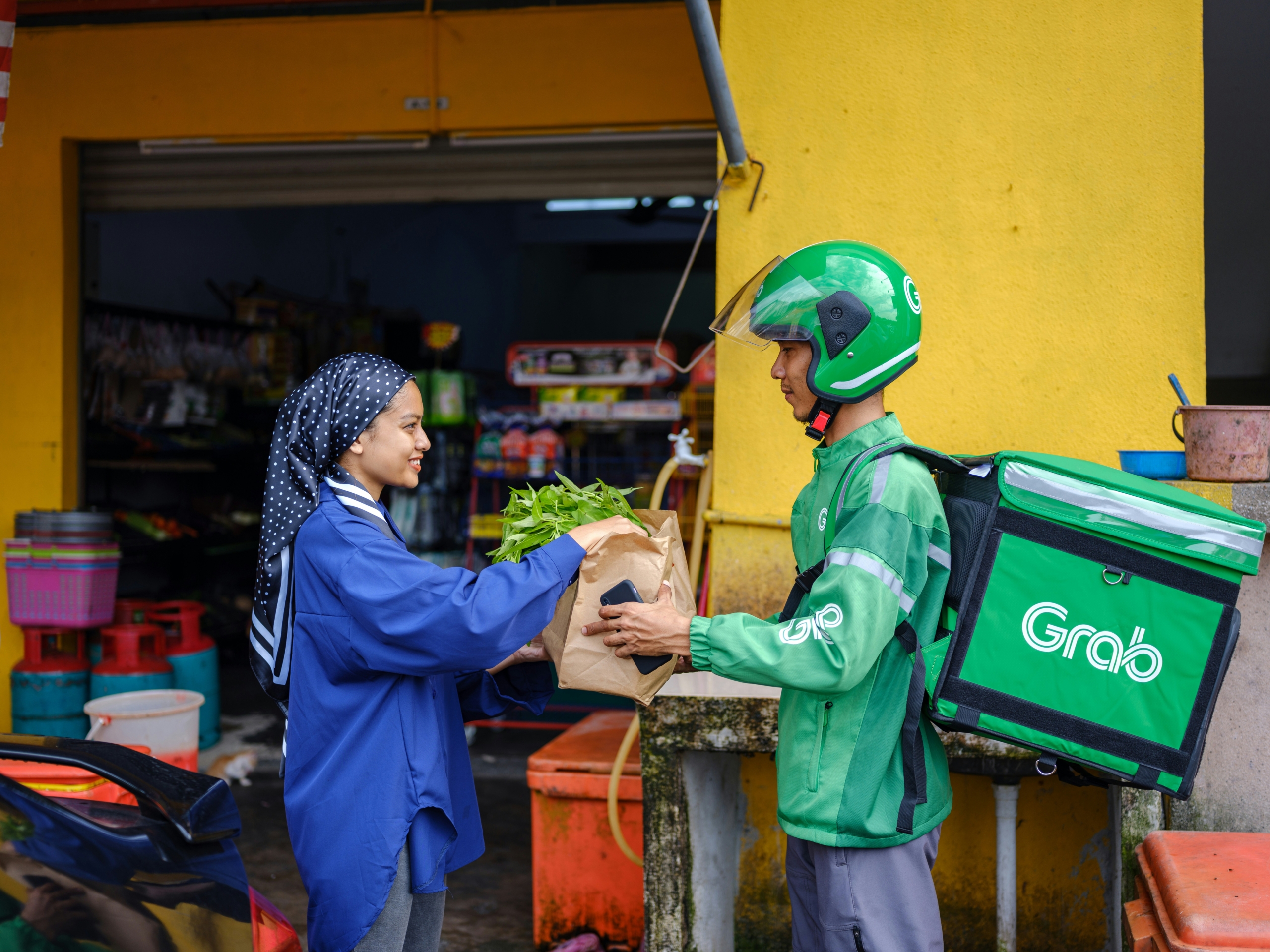
 Gender significantly influences poverty in Gaza, with data indicating that female-headed households in Palestine are
Gender significantly influences poverty in Gaza, with data indicating that female-headed households in Palestine are 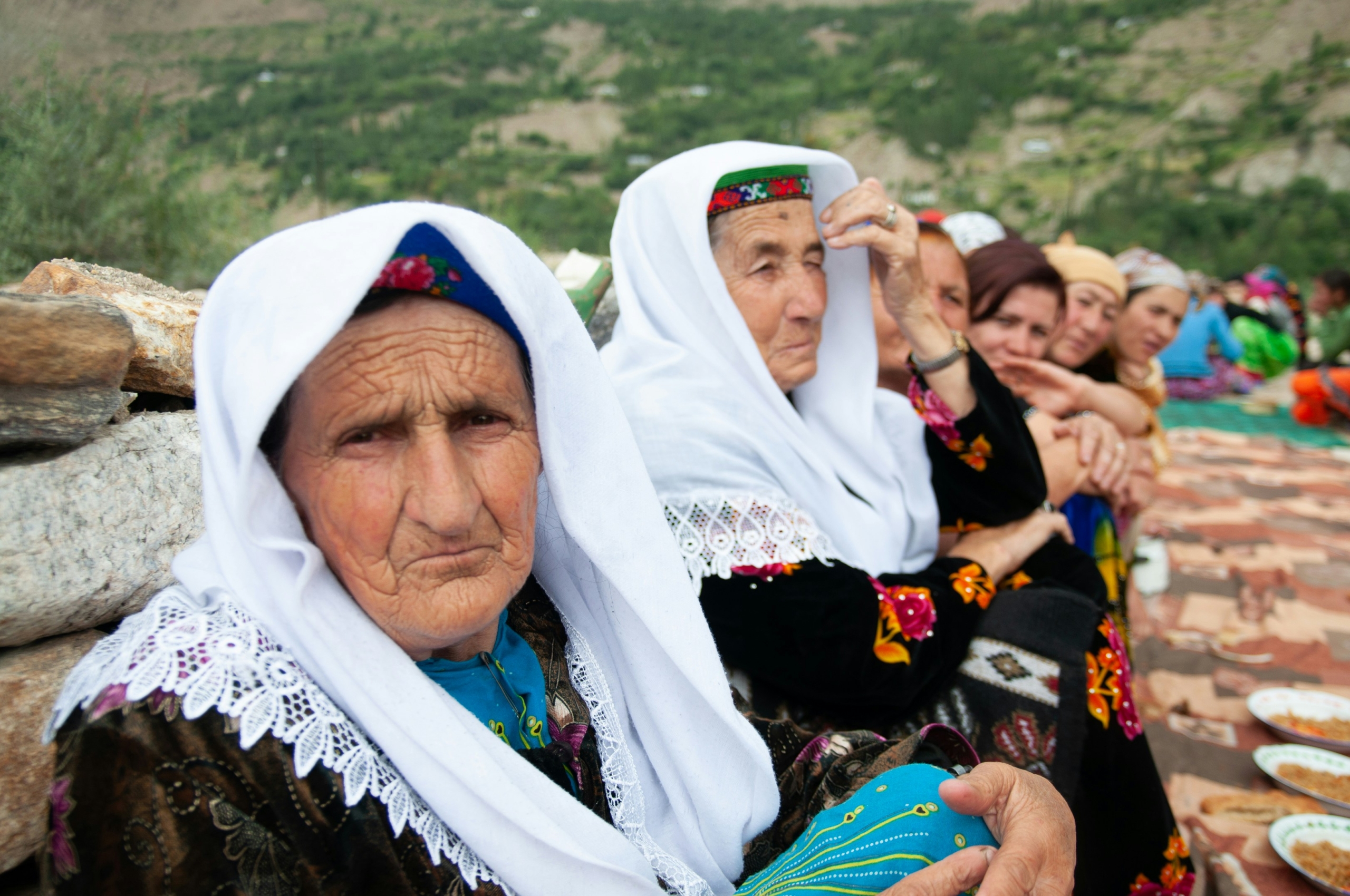 In 2018, International Alert, an organization attempting to tackle community violence in societies with a history of conflict and extreme poverty, embarked on the Living with Dignity project, an effort to tackle
In 2018, International Alert, an organization attempting to tackle community violence in societies with a history of conflict and extreme poverty, embarked on the Living with Dignity project, an effort to tackle 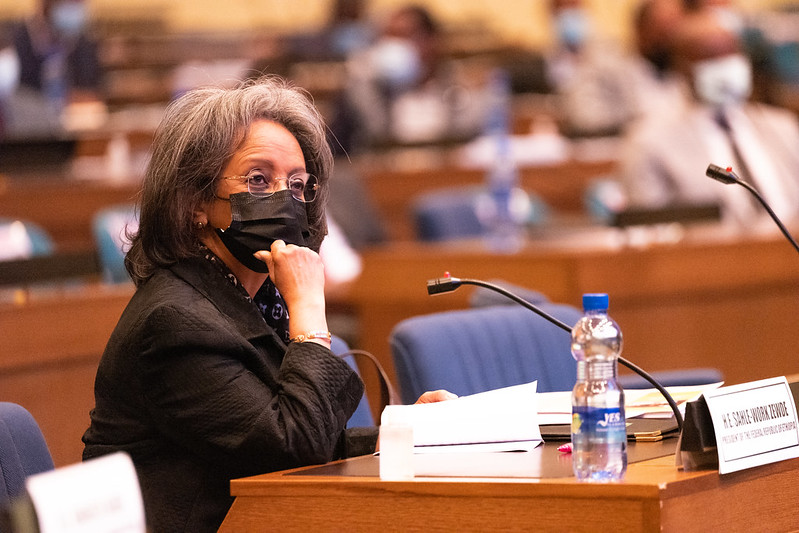

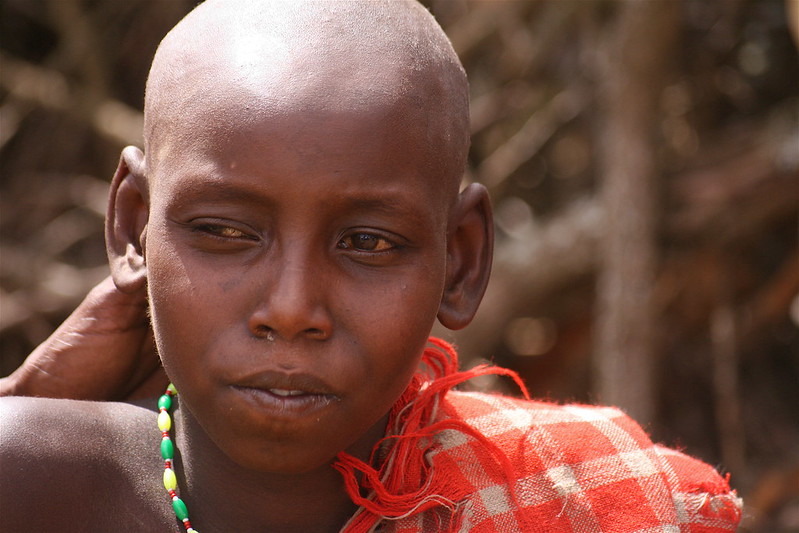
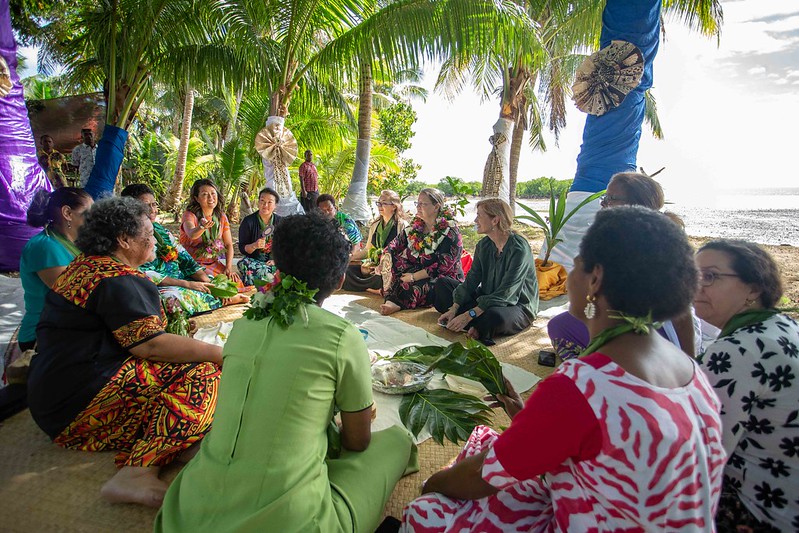 It may be surprising that Fiji is using the fishing industry in order to deal with gender inequality, but it is proving extremely effective. Fiji is a prime example where a country has taken one of the Sustainable Development Goals (SDG), within this case SDG 5 – Gender Equality, and put it within the context of their island’s most important employment sector – fishing.
It may be surprising that Fiji is using the fishing industry in order to deal with gender inequality, but it is proving extremely effective. Fiji is a prime example where a country has taken one of the Sustainable Development Goals (SDG), within this case SDG 5 – Gender Equality, and put it within the context of their island’s most important employment sector – fishing.